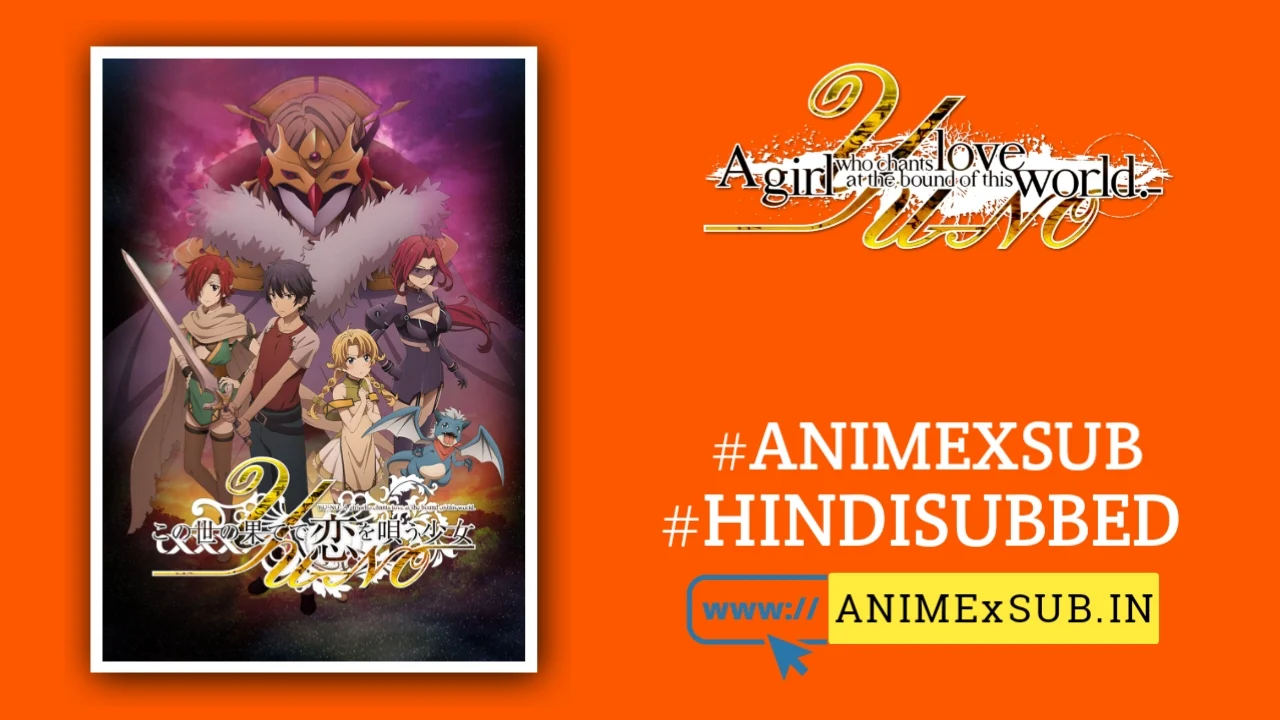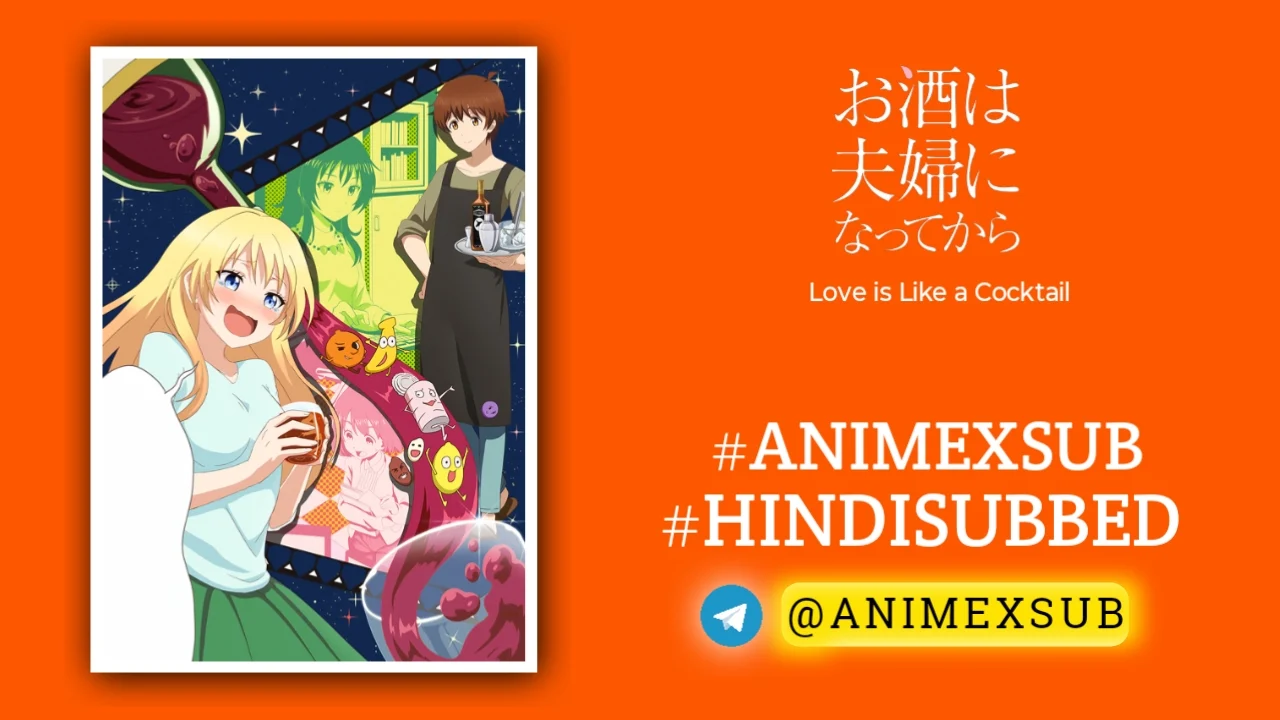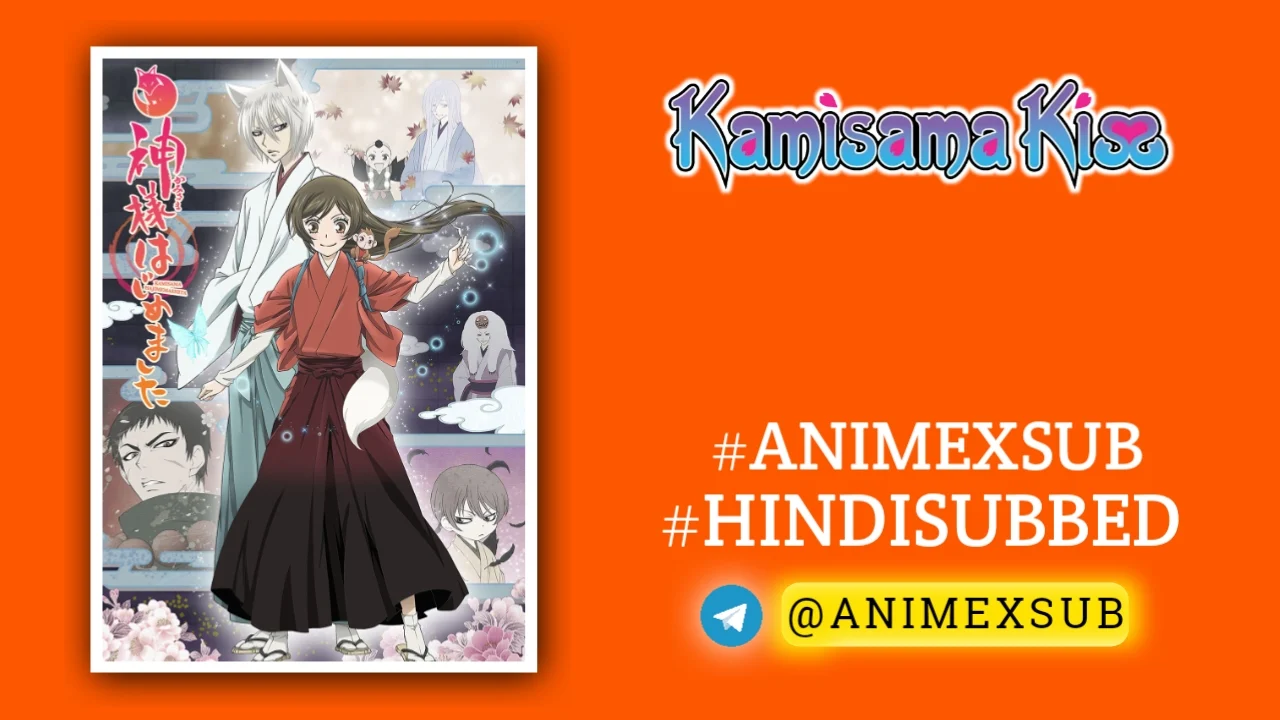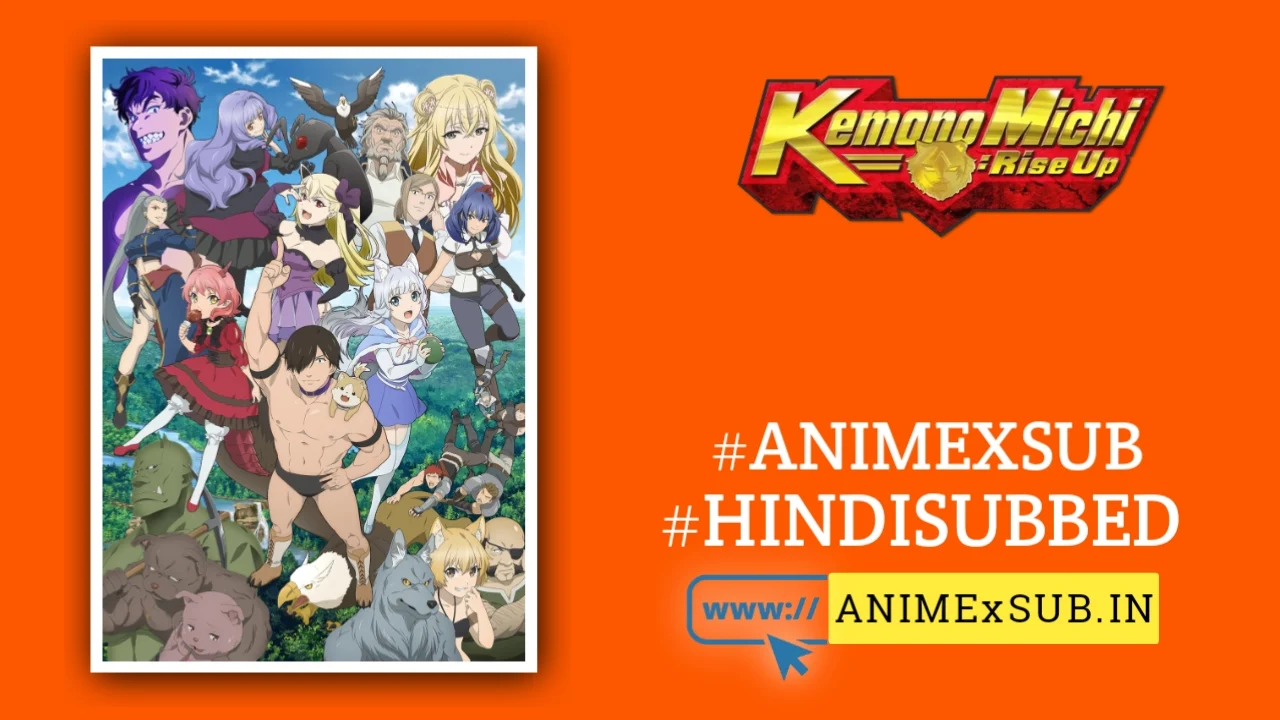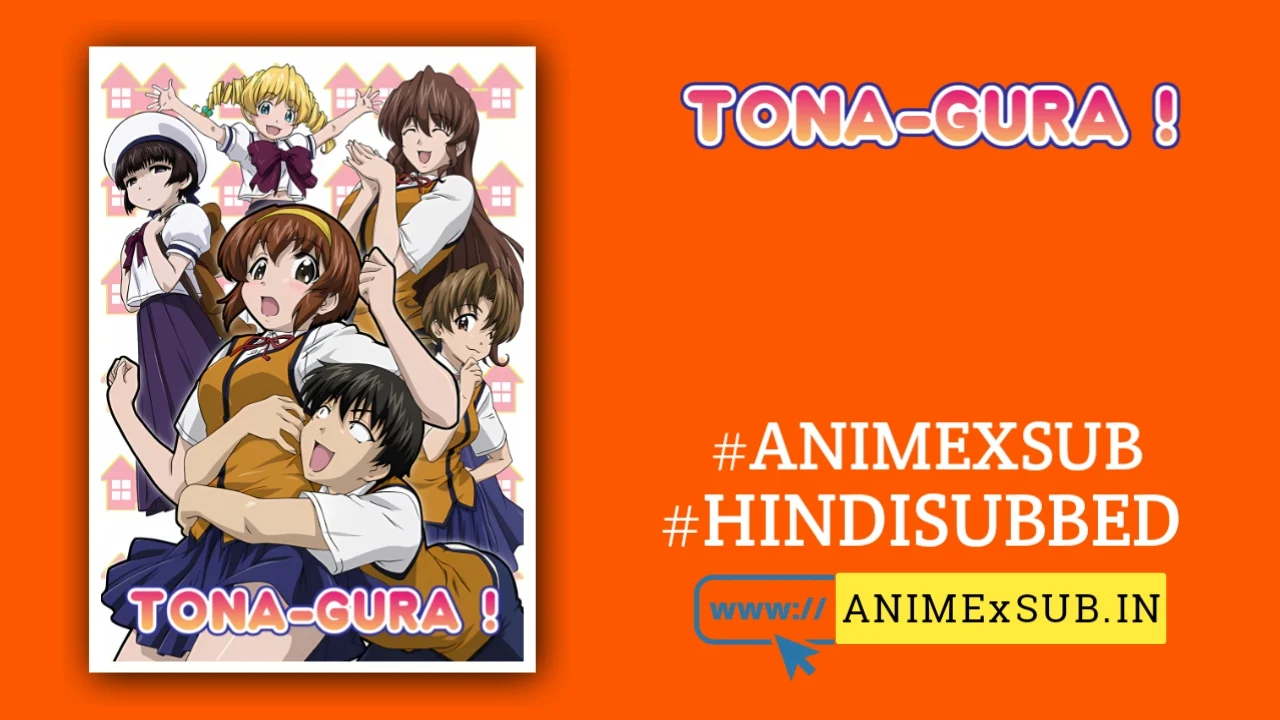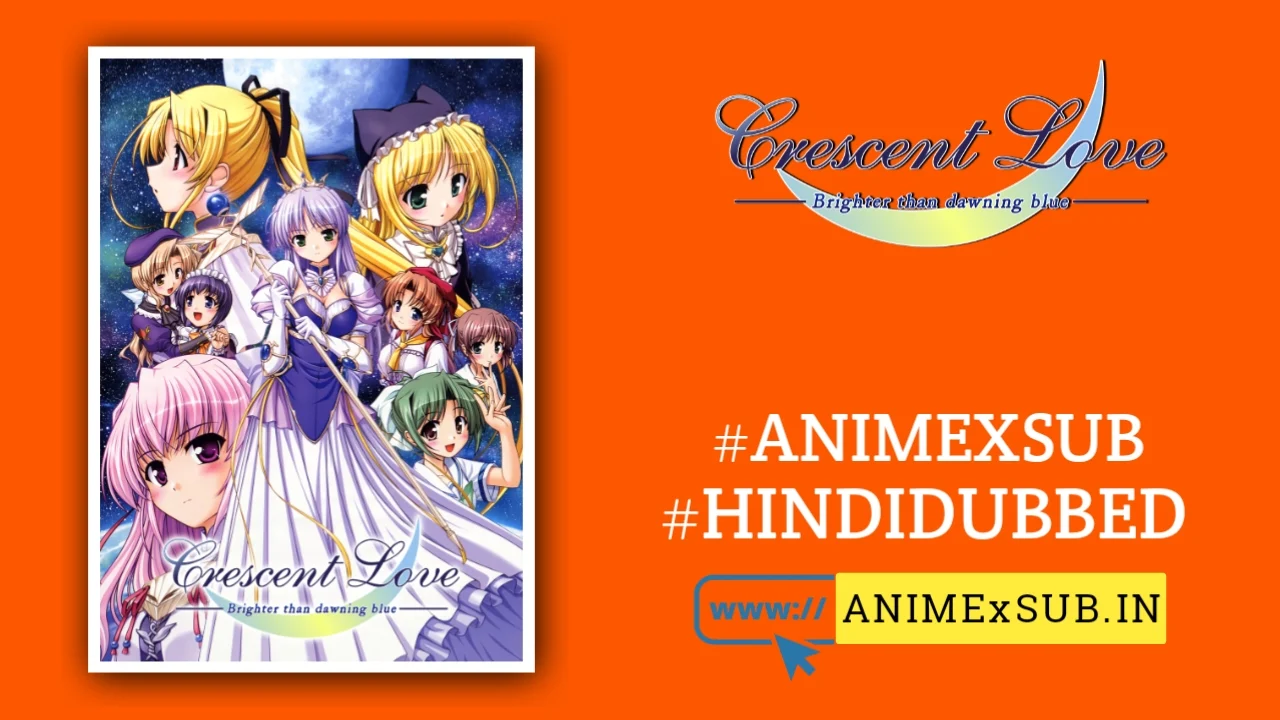
Brighter Than the Dawning Blue Hindi Subbed [12/12] | Yoake Mae yori Ruriiro na: Crescent Love Hindi Sub {Complete}

Yoake Mae Yori Ruriiro na: Crescent Love
Brighter Than the Dawning BlueSynopsis
Feena Fam Earthlight will have you seeing stars! It's hard enough being from the Moon, but it's even harder when you're in love with an Earthling! Watch as two worlds collide when this space princess makes her landing on Earth! (Source: HIDIVE)
Characters
Episodes
How To Download Tutorial
Brighter Than the Dawning Blue: A Celestial Romance That Defies Orbital Expectations
In the vast cosmos of anime adaptations from visual novels, few titles manage to blend interstellar diplomacy, heartfelt romance, and subtle geopolitical intrigue as deftly as Brighter Than the Dawning Blue (original Japanese title: Yoake Mae yori Ruriiro na: Crescent Love). Released in 2006 by Studio Daume, this 12-episode series draws from August’s 2005 adult visual novel of the same name, stripping away the erotic elements for a console port while expanding the narrative into a tale of fragile peace between Earth and the Moon’s Sphere Kingdom. What emerges is not just a rom-com with sci-fi trappings, but a nuanced exploration of reconciliation in a post-war universe—one that feels eerily prescient in its depiction of cultural exchange amid lingering scars.
At its core, the story unfolds in a world where humanity has colonized the Moon, only to fracture into bitter conflict. The Earth-Moon War has ended, but trust remains as thin as the atmosphere on the lunar surface. Enter Princess Feena Fam Earthlight, a wide-eyed royal from the Sphere Kingdom, who volunteers for a homestay program on Earth to foster goodwill. Her host? Tatsuya Asagiri, a high school student and son of the Earth President’s secretary, whose ordinary life is upended when this lunar nobility crashes into his home—literally, via a dramatic arrival sequence that sets the tone for the series’ mix of whimsy and weight. Feena, voiced with bubbly enthusiasm by Hitomi Nabatame, embodies the naivety of her sheltered upbringing, mistaking Earth’s customs for alien rituals while grappling with her diplomatic duties.
The plot orbits around their evolving relationship, complicated by external pressures. As Feena adapts to school life, festivals, and everyday mishaps—like her inability to handle Earth’s gravity or spicy foods—the series peels back layers of the war’s aftermath. Tatsuya, voiced by Susumu Chiba in a grounded, everyman tone, uncovers fragments of his own family’s ties to the conflict, including a mysterious lunar heritage that blurs the lines between host and heritage. Subplots introduce antagonists like a vengeful lunar faction, led by the enigmatic Sayuri, who views peace as betrayal, and supportive characters such as Tatsuya’s sister Kaname (Mai Gotou), whose tsundere wit provides comic relief without derailing the emotional core.
What elevates Brighter Than the Dawning Blue beyond standard harem-lite fare is its refusal to treat the romance as isolated fluff. The central pairing of Tatsuya and Feena develops organically, free from contrived love triangles or jealousy-fueled drama that plagues many contemporaries. 2 Instead, their bond serves as a microcosm for broader themes: the personal cost of historical grudges and the courage required to bridge divides. Feena’s arc, in particular, transforms her from a symbol of lunar aristocracy to a agent of change, confronting prejudices on both sides. By mid-series, the narrative shifts from slice-of-life charm to tense intrigue, culminating in a climax that intertwines personal revelations with planetary stakes—without resorting to over-the-top mecha battles or deus ex machina resolutions.
Visually, Daume’s animation holds up remarkably for its era, employing soft, ethereal color palettes to evoke the “ruri-iro” (lapis lazuli blue) of the title, symbolizing the pre-dawn sky as a metaphor for hope amid darkness. Lunar scenes shimmer with crystalline architecture, contrasting Earth’s warm, cluttered suburbs, while character designs emphasize expressiveness—Feena’s flowing hair and Tatsuya’s subtle shifts in posture convey unspoken tensions. The soundtrack, composed by Takeshi Watanabe, deserves special mention: its piano-driven melodies underscore intimate moments, like a moonlit confession, with a poignancy that rivals more acclaimed dramas. 1 The opening theme, “Tsuki no Hikari” by Ceui, captures this blend of melancholy and uplift, while episode pacing balances humor (Feena’s cultural faux pas) with pathos (flashbacks to war orphans).
Thematically, the series innovates by humanizing interstellar conflict in ways rarely seen in 2000s anime. It draws parallels to real-world divisions—think post-Cold War détente or modern refugee integrations—without preachiness. Feena’s journey mirrors that of exchange students navigating identity crises, but amplified by the literal distance between worlds. A standout episode (around the seventh) delves into lunar folklore, revealing how myths perpetuate enmity, adding a layer of cultural anthropology that’s absent in flashier sci-fi like Macross. Yet, it’s not flawless: some side characters, like the comic-relief friend group, feel underdeveloped, and the resolution ties up threads a tad neatly, echoing visual novel roots. 8 Still, these are minor orbits compared to the gravitational pull of its emotional authenticity.
In a genre often criticized for superficiality, Brighter Than the Dawning Blue shines as a quiet gem, proving that romance can illuminate deeper voids. Its legacy endures through fan discussions on platforms like Reddit, where viewers praise its frustration-free storytelling and emotional resonance. 2 For those weary of endless tsundere tropes or apocalyptic stakes, this series offers a refreshing gravitational escape—one that lingers like the first light before sunrise.




















